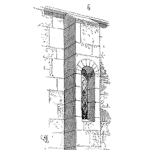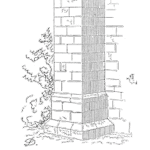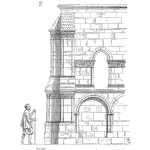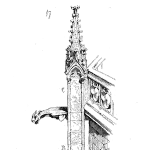
Listening Skills to Improve Your Ability to Communicate with Influence
Did you hear what they said? Or, were you busy loading for your next verbal barrage?
As my mother would remind me, one should listen twice of often as speaking. Something about the ratio of ears to mouths in the population. I have to agree with her, that one can learn a lot by listening.
Listening may not seem to be a skill that one needs to master. Yet, how often have you walked away from a meeting where one or more participants obviously were not listening? How often are points repeated in an effort to be heard?
Being able to listen, listen well, can be honed and improved. A focus on being a better listener will improve your ability to communicate and influence as a reliability engineer. It has benefits beyond our reliability work, too. [Read more…]













